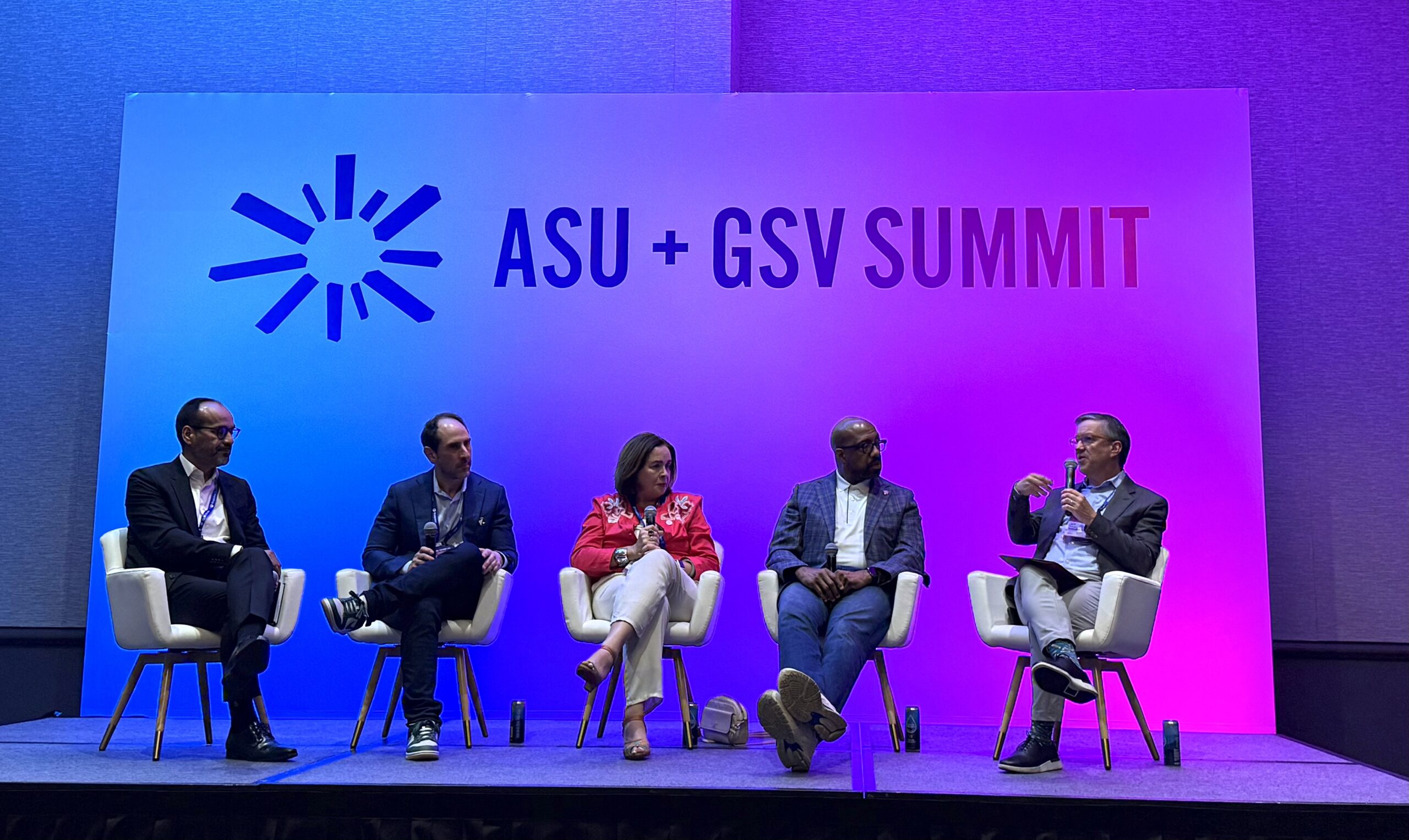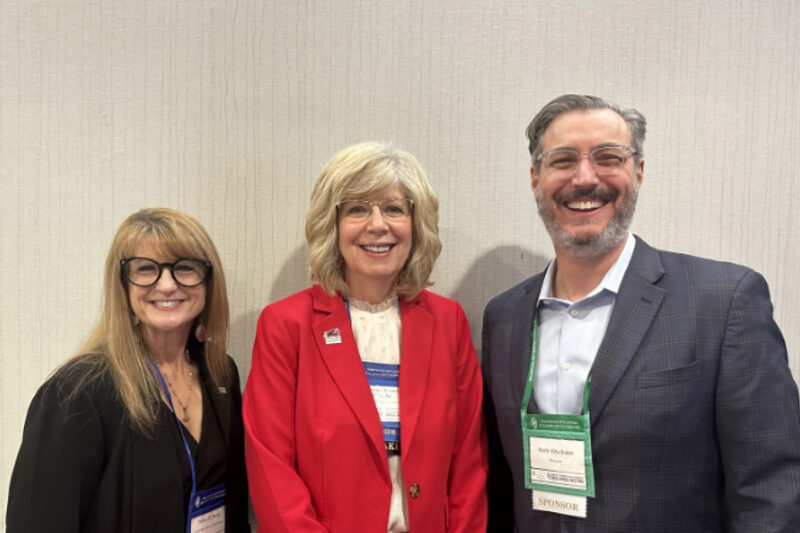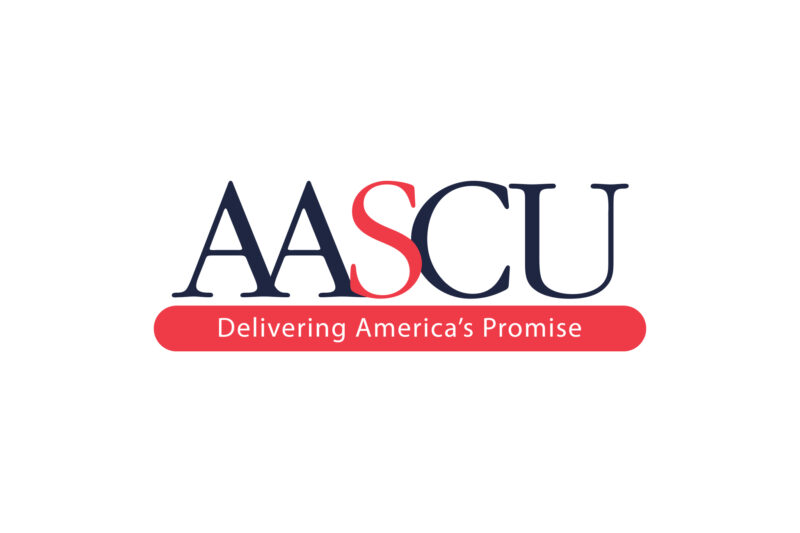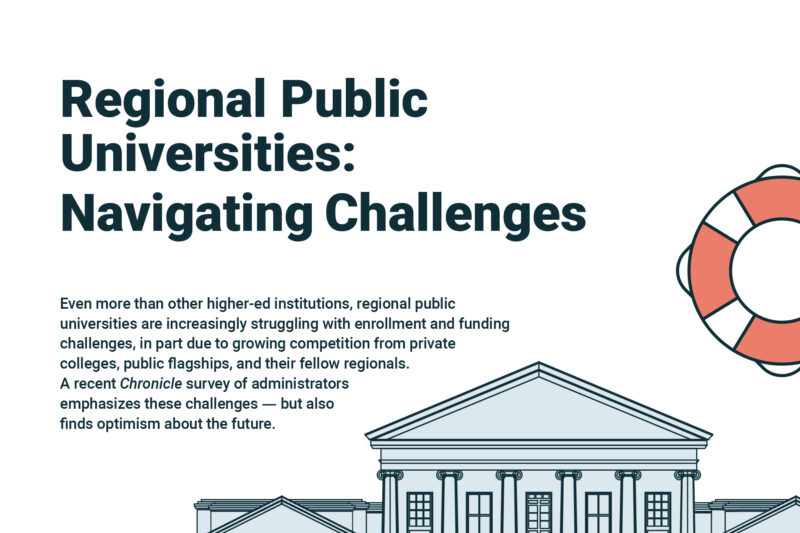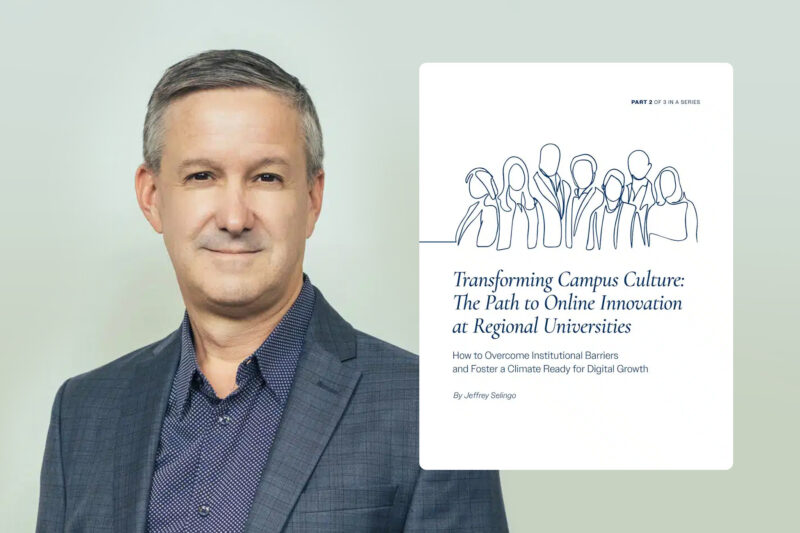Members of the Risepoint team recently attended the ASU+GSV Summit, where we connected with an inspiring lineup of thought leaders and innovators in higher education. During the conference, Fernando Bleichmar, Risepoint CEO, participated on the panel entitled, Stepping into the Spotlight? Regional Colleges as the USA’s Critical Hubs for Innovation, to discuss the importance of regional universities for innovation and economic mobility.
Other panelists included Jacob Fraire, president of the ECMC Foundation, Adela de la Torre, president of San Diego State University, and Michael Sorrell, president of Paul Quinn College. The panel was hosted by Jeff Selingo, a New York Times bestselling author and industry thought leader.
Three insights from the ASU+GSV Summit panel on regional universities
Through the conversation, three big things stood out to us:
Regional universities are essential to the economy, as they educate a majority of learners across the nation.
At the very start of the panel, Jeff Selingo addressed the strength in numbers of regional universities: “[Regional private universities and colleges] actually educate more than 40% of undergraduates…70% of undergraduates at public four-year institutions are educated at regional public universities.”
Critically, regional universities provide educational opportunities to an overwhelming number of students from underserved populations. According to the Alliance for Research on Regional Colleges (AARC), regional public universities (RPUs) educate 58% of Black or African Americans, 47% of American Indian or Alaska Native students, 35% of Asian American students, 39% of Native Hawaiian or Pacific Islander students, 44% of Hispanic of Latino students, and 44% of multi-racial students attending four-year public institutions.
Beyond expanding access to higher levels of education, regional universities serve as workhorses in their regions by feeding the employment pipeline in essential fields and providing social and economic mobility for graduates. Research shows that RPUs increase employment opportunities and individual income of graduates, especially those from lower-income families. When regional universities can thrive, so do their regions, which contributes to economic vitality more broadly.
Regional universities have a higher return on investment, yet are experiencing declines in enrollment.
Regional universities outperform their peers in terms of having a high return on investment. And some have seen strong continued interest from prospective students, such as San Diego State (SDSU). President de la Torre speculated on the success of enrollment at SDSU by sharing, “I think the market is adjusting because [students] want ROI, they want opportunity, they want a community where there [are] relationships, and they want to have professional success.”
Return on investment is critical for the exact prospective students who RPUs have always educated – those for whom affordability is a requirement, not a preference. Regional universities are positioned to offer graduates high ROI through affordable programs and career prospects through local employer relationships.
Despite higher returns and better community outcomes, enrollments are declining at many RPUs. According to AARC, RPUs have declined 6.7% in enrollments since 2012, while non-RPUs have increased enrollments by 18.6%.
The concept of the modern learner is emerging, and regional universities need to evolve to meet their needs.
Today’s learners are busy, have competing demands for their attention, seek education that will help them professionally, and may be working already.
Working adults in particular value the fact that regional universities can support their career goals while remaining affordable and, particularly through online programs, can often do so without disrupting their need to continue working. Regionals also benefit from having longstanding relationships with their community, including local employers. The area where regional universities may need to adjust to better compete with other institutions is their ability to offer the right programs in the right format.
Fernando Bleichmar stated, “…they prefer their regional universities when they offer the right programs that suit their needs… You have to build the right infrastructure and the right system that supports what we call the modern learner… This modern learner has different modalities, different time horizons, and different types of programs. But they also really want the regional university and the connection to the local community and local employers. So, it puts the onus on regional universities to innovate around the modern learner.”
Regional universities must balance their regional strengths, including connections to students, communities, and employers, with the innovation required to meet a wider range of learner needs and preferences.
Thank you, ASU+GSV, for giving us the opportunity to join this eye-opening conversation. You can listen to the full panel discussion wherever you listen to podcasts, including the Apple Podcasts app and Spotify.
